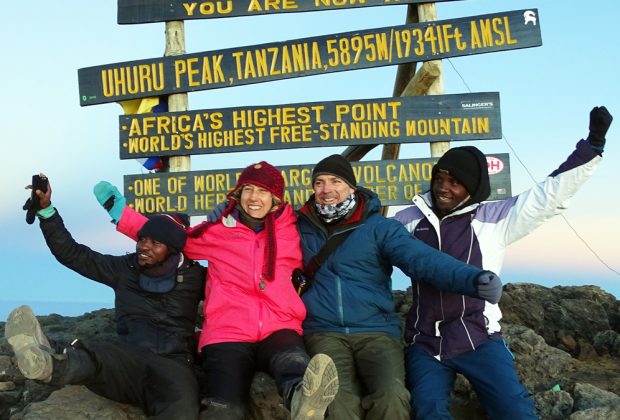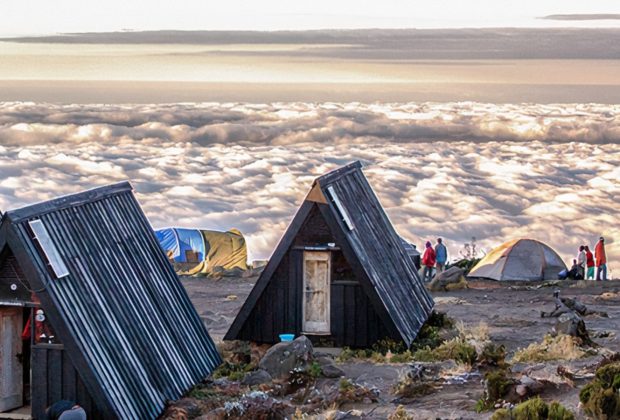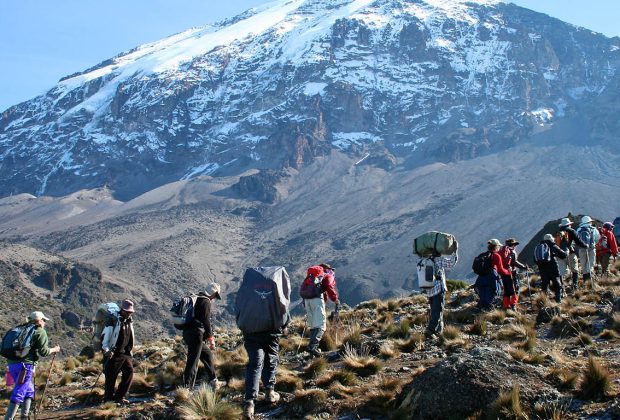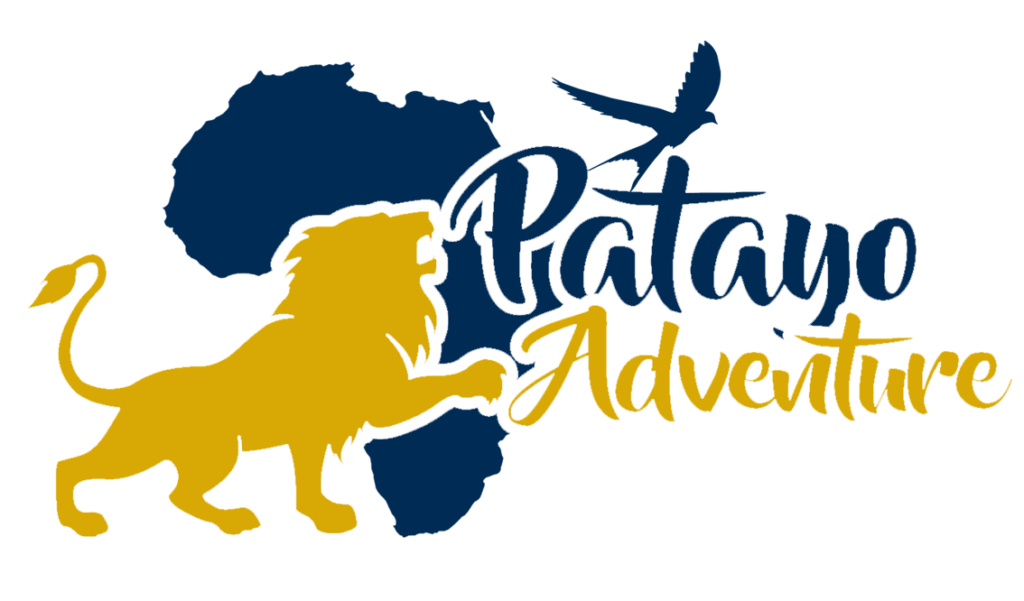5 Day Kilimanjaro Trekking Marangu Route + 2 Nights Hotel Stay
Tour Overview
The Marangu, also known as the “Coca-Cola” route, stands as the most renowned path up Kilimanjaro today. It’s the primary route where climbers stay in huts, making it a favorable option during the rainy season. Starting from the southeast side of Mt. Kilimanjaro, the entry point, Marangu Gate, sits very close to our base at Aishi Machame Hotel, requiring just about a 90-minute ride. This route follows a well-trodden trail through all the climatic zones, from tropical rainforest to perpetual ice, offering breathtaking African landscapes. Due to its popularity and affordability, the route can be crowded during peak seasons in July-September and December-March. Opting for the 6-day itinerary is strongly recommended for better acclimatization compared to the 5-day option.



Day 1: Arrival
Upon your arrival at Kilimanjaro International Airport (JRO), you’ll be met our representative who will facilitate your transfer to Weru Weru River Lodge (or a similar establishment). The lodge offers all the necessary amenities for a pleasant stay, including comfortable rooms, hot water, courteous staff, a swimming pool, and Internet connectivity. Later in the evening, our managers will conduct a briefing session to ensure you’re well-prepared to commence the climb. Note: Check-in commences at 1:00 PM.
DAY 1: Trekking from Marangu Gate to Mandara Hut
In the morning, a guide and mountain support crew will rendezvous at the lodge for a brief orientation. Following this, you’ll embark on a vehicle journey to the eastern entrance of Kilimanjaro National Park: Marangu Gate (1,860 m). After completing necessary formalities such as obtaining climbing permits and registering with the search and rescue service, the group will commence trekking towards Mandara Hut (2,700m). The trekking path passes through the rainforest, where tropical showers are common, so it’s advisable to carry spare clothes and raincoats. Upon reaching the camp, our support crew will attend to your needs, set up tents, and prepare lunch. Accommodation along the Marangu route will be in specialized huts, offering an alternative to tent camping. This marks your first day at higher altitude, hence it’s crucial to adhere to instructions regarding hydration, medication, and altitude sickness symptoms.
- Altitude Range: 1,860 m to 2,700 m
- Trekking Duration: 5-7 hours
- Distance: 11 km
- Difficulty: Medium
- Habitat: Rainforest
- Day 3: Shira One Campsite to Shira Two Campsite
Today’s trek takes you eastward across the Shira plateau, with a visit to Cathedral Peak (3,850m) for acclimatization. From this vantage point, enjoy breathtaking views of Mt. Meru and Kibo Peak. Continue trekking to Shira Two Camp, where dinner and overnight accommodations await.
DAY 2: Trekking from Mandara Hut to Horombo Hut
Early morning departure from Mandara Hut towards the second high altitude camp, Horombo Hut (3,720 m). Upon arrival, marvel at the panoramic views of Kibo and Mawenzi volcanoes. Following lunch, undertake an acclimatization hike towards Kibo Hut, gaining 200 meters in altitude, before returning to Horombo Hut for dinner. Note: Acclimatization hikes are essential for adjusting to altitude and improving your chances of summiting successfully. Take them seriously.
- Altitude Range: 2,700 m to 3,720 m
- Trekking Duration: 5-6 hours
- Distance: 10 km
- Difficulty: Medium
- Habitat: Moorland
- DAY 3: Trekking from Horombo Hut to Kibo Hut
After breakfast, proceed with the trek to Kibo Hut (4,700 m). While not overly challenging, maintaining a steady pace is important to conserve energy for the summit push. Upon arrival, have lunch and rest to prepare for the summit attempt. Ensure adequate hydration and rest.
- Altitude Range: 3,720 m to 4,700 m
- Trekking Duration: 4-8 hours
- Distance: 10 km
- Difficulty: High
- Habitat: Alpine desert
DAY 4: Trekking to Uhuru Peak and Descent to Horombo Hut
Departure from Kibo Hut at night for the trek to Kilimanjaro’s summit: Uhuru Peak (5,895 m). While physically moderate, the altitude poses significant challenges. Each pair of climbers will be accompanied by a guide for safety. After reaching the summit, descend to the nearest glacier if desired, then return to Kibo Camp and continue to Horombo Hut. Note: Exercise caution during descent to prevent accidents and injuries. Altitude Range: 4,700 m to 5,895 m to 3,720 m Trekking Duration: 9-12 hours Distance: 16 km Difficulty: High Habitat: Arctic
DAY 5: Descent from Horombo Hut to Marangu Gate
Enjoy a hearty breakfast before descending to Marangu Gate (1,860 m), marking the exit from Kilimanjaro National Park. Celebrate with the group and share your experiences in the guestbook. Receive commemorative certificates before transferring back to the Graneland hotel.
- Altitude Range: 3,720 m to 1,860 m
- Trekking Duration: 5-6 hours Distance: 18 km
- Difficulty: Medium
- Habitat: Rainforest
- DAY 00: Departure
Relax at the hotel before transferring to the airport. Note: Hotel check-out is at 11:00 AM. If you require a late check-out due to an evening flight, arrangements can be made for an additional fee.
Inclusions:
- Accommodation: Lodging at Weru Weru River Lodge or similar.
- Meals: Breakfast, lunch, and dinner provided during the trek.
- Transportation: Transfer from Kilimanjaro International Airport to the lodge.
- Trekking Support: Experienced guide and mountain support crew.
- Climbing Permits: Acquisition of necessary permits for Kilimanjaro National Park.
- Equipment: Tents, sleeping bags, and other necessary camping gear.
- Activities: Trekking from Marangu Gate to Mandara Hut, Mandara Hut to Horombo Hut, Horombo Hut to Kibo Hut, and summiting Uhuru Peak.
- Briefings: Orientation and briefing sessions conducted by tour managers.
- Safety Measures: Registration with search and rescue service, as well as guidance on altitude sickness prevention.
- Certificates: Commemorative certificates upon successful completion of the trek.
Exclusions:
- International Flights: Airfare to and from Kilimanjaro International Airport.
- Travel Insurance: Personal travel insurance covering medical expenses, trip cancellations, and emergencies.
- Personal Expenses: Expenses for additional meals, beverages, souvenirs, and optional activities.
- Gratuities: Tips for guides, porters, and other staff members.
- Accommodation Beyond Itinerary: Any additional lodging required before or after the scheduled trekking dates.
- Airport Transfers: Transfers to the airport upon departure beyond the designated schedule.
- Visa Fees: Fees associated with obtaining entry visas for Tanzania, if applicable.
- Medical Expenses: Costs incurred for medical treatment or medications during the trek.
- Optional Activities: Any additional excursions or activities not specified in the itinerary.
What is Mount Kilimanjaro?
- Mount Kilimanjaro is the highest peak in Africa, located in Tanzania. It is a dormant volcano and one of the most iconic mountains in the world.
How tall is Mount Kilimanjaro?
- The summit of Mount Kilimanjaro, called Uhuru Peak, stands at an elevation of 5,895 meters (19,341 feet) above sea level.
How long does it take to climb Mount Kilimanjaro?
- The duration of a Kilimanjaro climb varies depending on the route chosen. Most climbs typically range from 5 to 9 days.
What are the different routes up Mount Kilimanjaro?
- There are several routes to the summit of Kilimanjaro, each with its own characteristics and scenery. Popular routes include the Marangu, Machame, Lemosho, Rongai, and Northern Circuit routes.
Is climbing Mount Kilimanjaro difficult?
- Climbing Kilimanjaro is challenging due to its high altitude, but it doesn’t require technical climbing skills. However, climbers should be physically fit and prepared for the rigors of high-altitude trekking.
Do I need a guide to climb Mount Kilimanjaro?
- Yes, it is mandatory to have a registered guide accompany you on your Kilimanjaro climb. Guides are essential for safety, navigation, and providing support throughout the trek.
When is the best time to climb Mount Kilimanjaro?
- The best times for climbing Kilimanjaro are during the dry seasons, which are typically from late June to October and from December to March. These months offer clearer skies and better trekking conditions.
What should I pack for climbing Mount Kilimanjaro?
- Essential items for climbing Kilimanjaro include proper clothing for varying temperatures, sturdy hiking boots, a good quality sleeping bag, trekking poles, personal medications, and other necessary gear as recommended by your tour operator.
What are the risks of climbing Mount Kilimanjaro?
- The main risks of climbing Kilimanjaro include altitude sickness, which can affect anyone regardless of fitness level, as well as other potential hazards such as extreme weather conditions and physical exhaustion.
Do I need to train before climbing Mount Kilimanjaro?
- Yes, it is highly recommended to undergo physical training and preparation before attempting to climb Kilimanjaro. This can include cardiovascular exercises, strength training, and hiking to build endurance and fitness levels.
